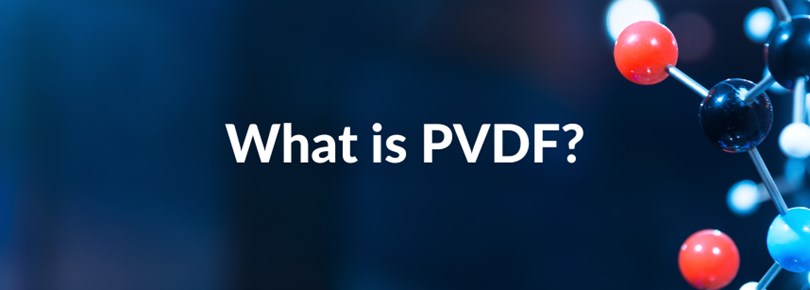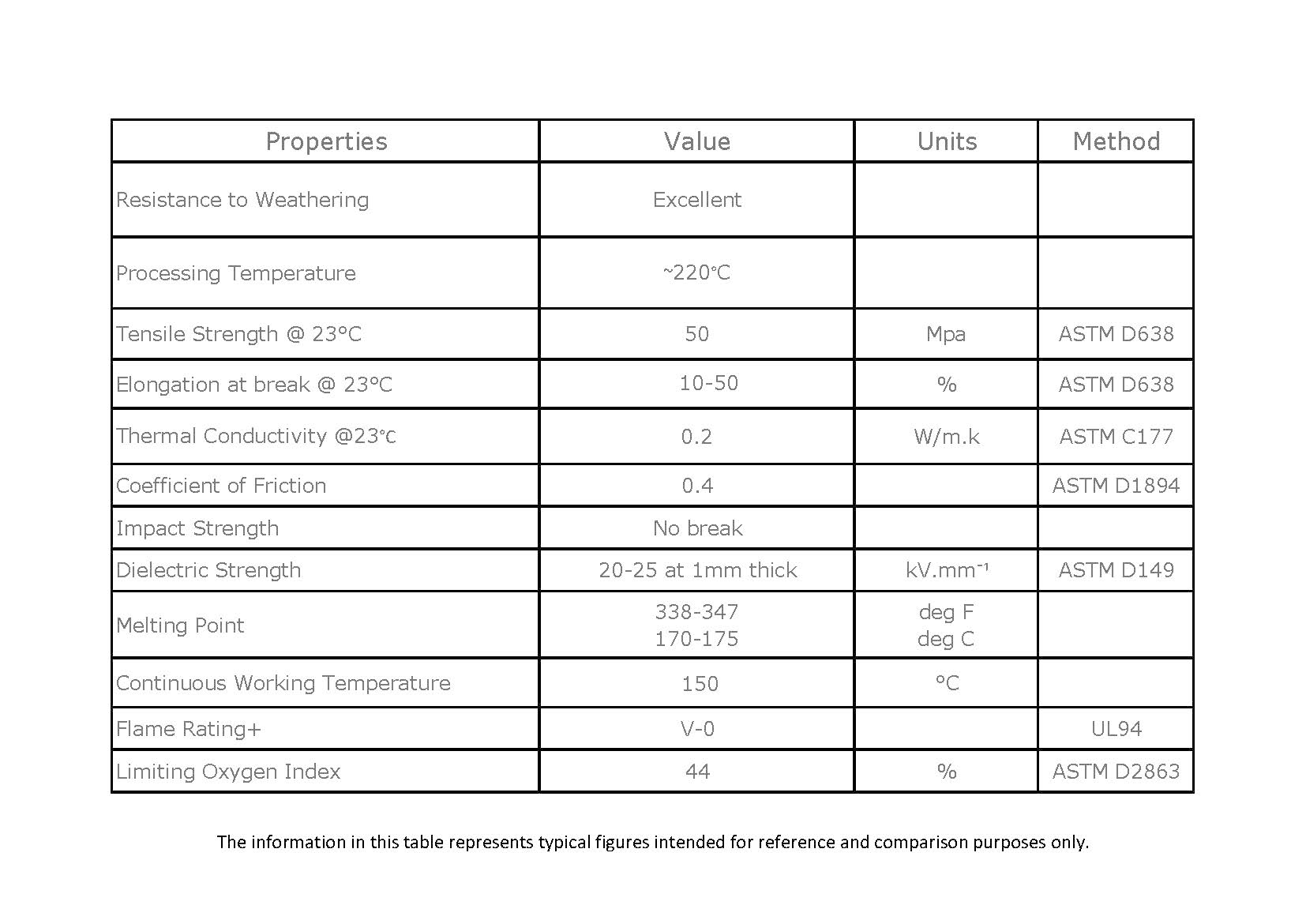What is Polyvinylidene fluoride? (PVDF)
October 2016

What is Polyvinylidene fluoride? Chemical Compound (PVDF)
PVDF is a tough, stable fluoropolymer with distinct engineering advantages. Discovered in 1969 by Dr Heijji Kawai, PVDF has a good performance to cost ratio.
A semi-crystalline thermoplastic, PVDF is used in applications requiring the highest of purity and will withstand harsh chemicals, PVDF is one of the highest radiation resistance plastics available, only seconded by PEEK and Polyimide.
It's highly desirable insolubility and electrical properties results from the polarity of alternating CH2 and CH2 groups on the polymer chain.
PVDF has a low density (1.78/cm3) compared to other fluoropolymers.
Our FL308 is available in Rod, Tube and Sheet form and is processed by Injection moulding, compression moulding and hot moulding. Commonly used in the Semiconductor, defence, chemical and medical industries as well as in the production of lithium-ion batteries.

Key features:
- Heat resistance
- High abrasion resistance
- Low permeability to most gases and liquids
- Weather resistant
- Low weight
- Mechanical strength
- Radiation resistance
- Good electrical insulator
- Resistance to chemical corrosion
- Recyclable
Typical applications:
- Pipes and fittings
- Valves
- Cathodes & anodes in Li-ion cell manufacturing
- High purity semiconductor applications
To find out how we can support your projects contact info@fluorocarbon.co.uk










